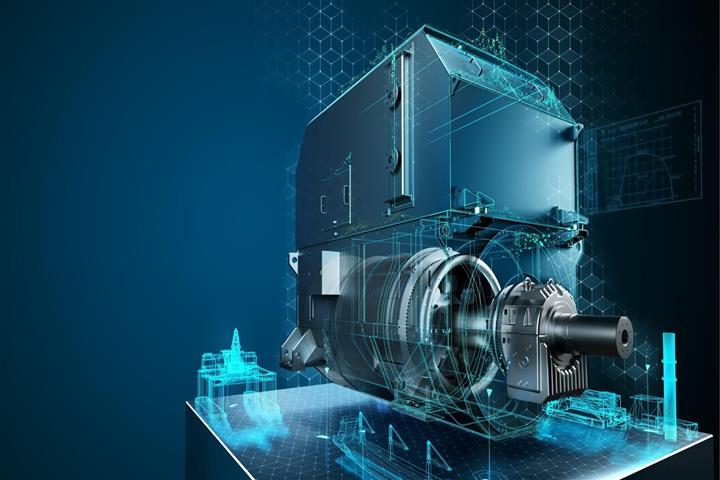• Different types of pumps, applications in the oil and gas field.
• Performance curves of a centrifugal pump: head, efficiency, absorbed power, NPSH.
• Technology of centrifugal pumps, miscellaneous architectures.
• Mechanical seals: different arrangements, related auxiliary systems.
• Operating limits: cavitation, hammer shock, priming issues, case of 2 pumps running together.
• Start-up and operation monitoring: specific case of hot pumps, LPG pumps, vacuum pumps.
• Troubleshooting current failures
• Reciprocating compressors architecture: number of stages, cylinders, overall layout, typical applications.
• Technology of main components, auxiliaries.
• Influence of process conditions on compressor performance: suction or discharge pressure, suction temperature, gas composition. Case of multi-stage compressor.
• Flow control, specific safety devices. Start-up philosophy.
• Description of a multi-stage centrifugal compressor.
• Technology of main components, auxiliaries.
• Pressure increase process for a compressor stage. Performance curves, influence of suction conditions and gas composition.
• Operating window: low and high speed limits, stonewall, surge, typical anti surge protection systems.
• Flow regulation: control valve, speed variation, inlet guide vanes. Specific care for start-up.
• Description of a steam turbine, different families, standard applications.
• Working principle, classification and technology: number of stages, exhaust conditions, expansion process all through the machine.
• Operation: start-up and performance monitoring. Speed control, safety devices.
• Gas turbine design and performance, main types, industrial and aero derivative engines, pressure and temperature profiles along the machine.
• Influence of environmental conditions: temperature, elevation. Impact of suction and exhaust friction losses on turbine performance. De-rating from ISO conditions.
• Efficiency improvement techniques; regenerative cycle, combined cycle, cogeneration, NOx reduction equipment.
• All course is supported by concrete examples based on true industrial applications, and displays of cutaway drawings, pictures or videos of site installed equipment.






comments (0)